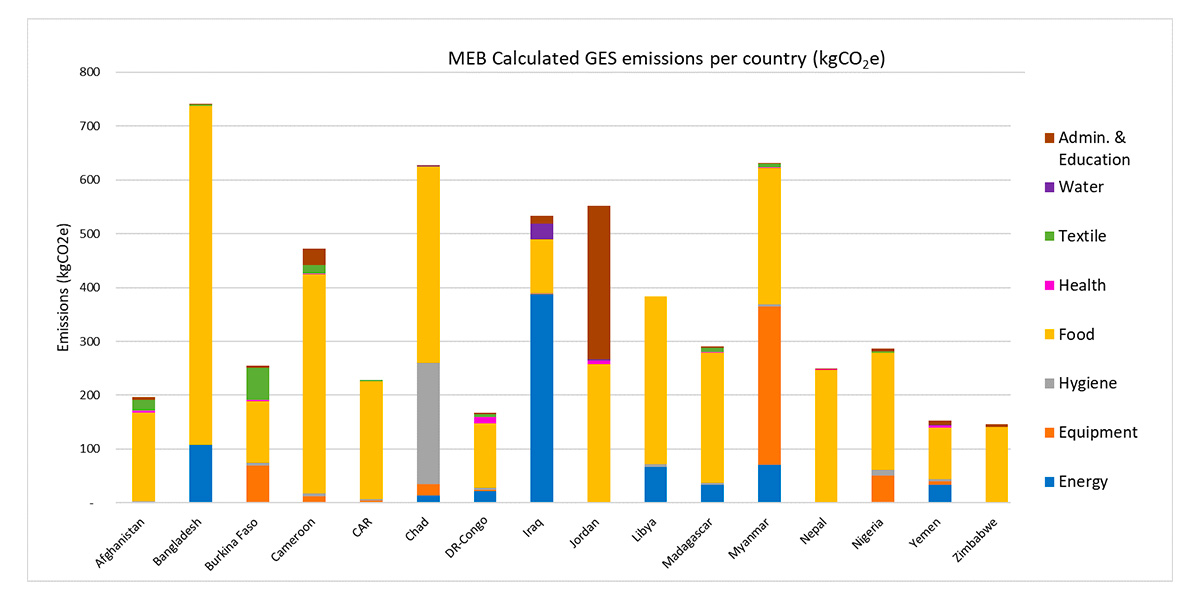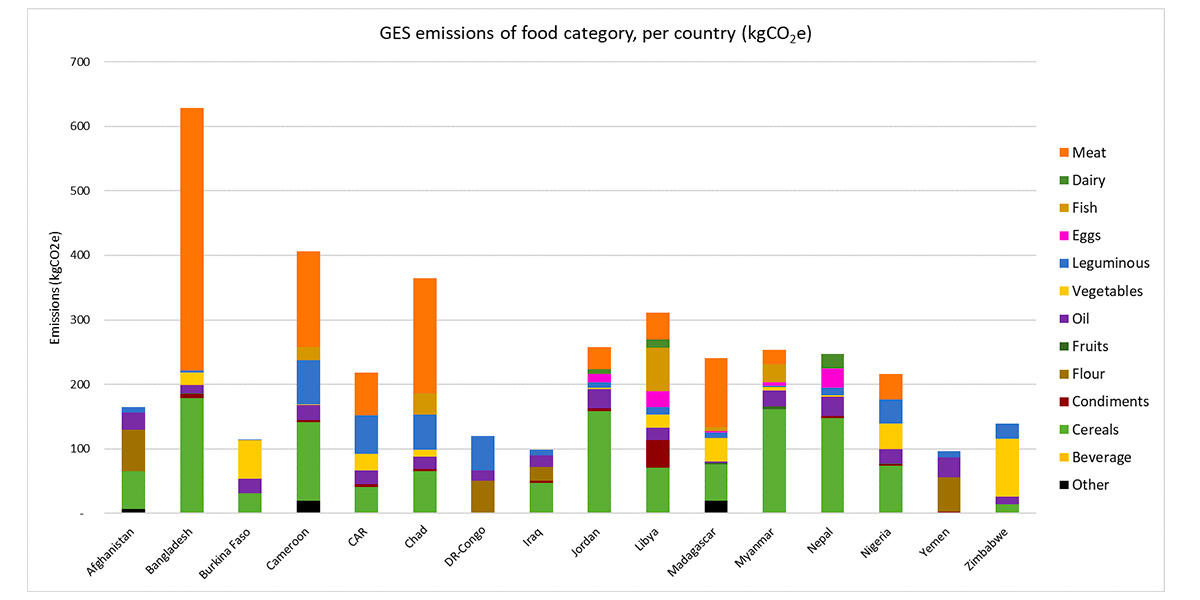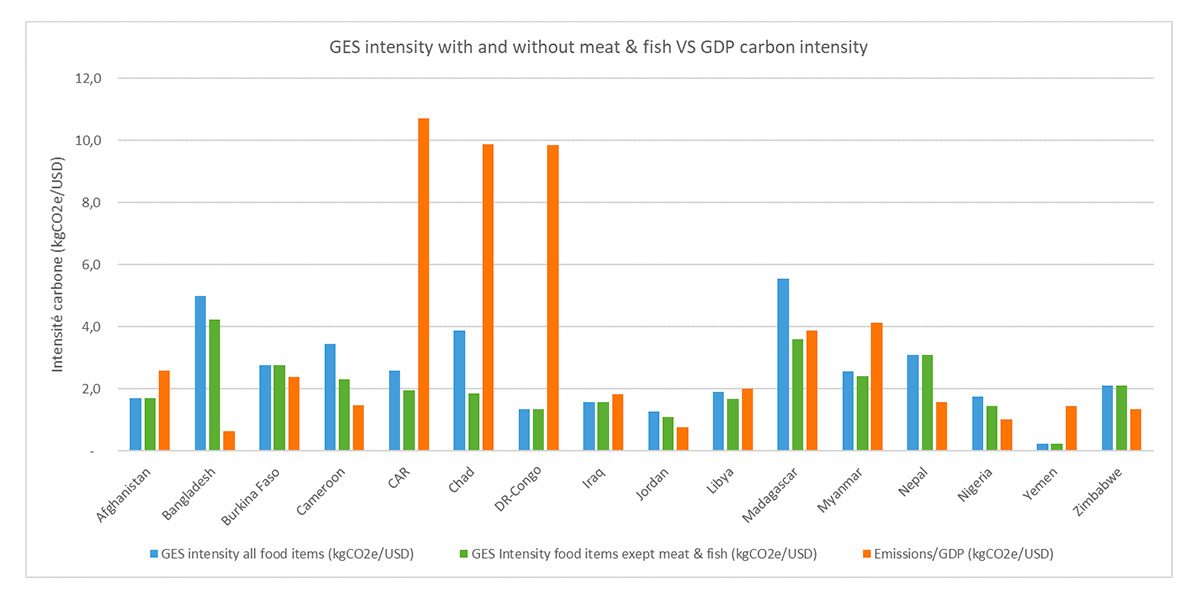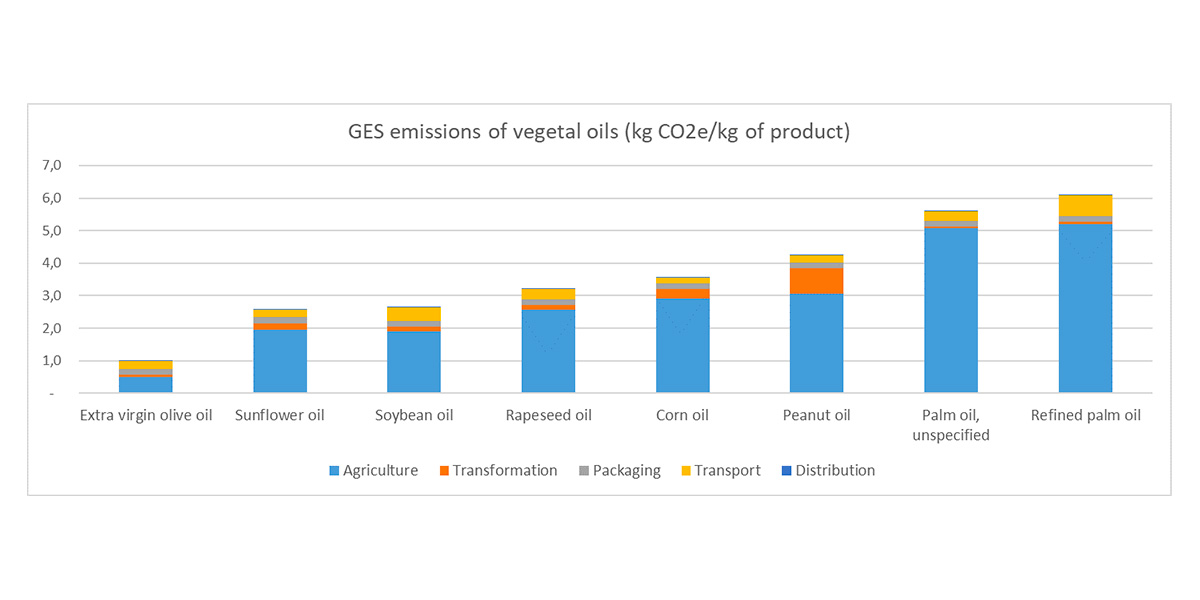 © Tom Gustin
© Tom Gustin
Publication
Estimation of the carbon footprint of activities using cash transfers.
This study responds to the need to estimate the greenhouse gas (GHG) emissions of activities using cash transfers in ACF’s main areas of intervention, and identifies the next steps that can be taken to design concrete actions to reduce this footprint. The study has been entrusted to the CITEPA association.
In early 2021, ACF is launching a GHG emissions assessment with other members of the Humanitarian Environment Network (REH). The scope of the survey covers all emissions, but very quickly a number of major emissions items appear, which can generate considerable variability in the results. Among these, one item quickly appears to represent more than 20% of ACF-France’s overall emissions, and which had gone “unnoticed” until now: cash transfers.
This study responds to the need to estimate the GHG footprint of activities using cash transfers, and identifies the next steps that can be taken to design concrete actions to reduce this footprint. The study was carried out by the CITEPA association, and approximately 80% of this document is taken from the study report, published without modification. ACF is responsible for setting the context, interpreting the results and making recommendations.
When the study was launched, the main method used to estimate the GHG emissions of programs using cash transfers was to use as an emission factor the GHG intensity of the Gross Domestic Product (GDP) of the countries where the program is implemented. To achieve a more realistic estimate, the study takes as input data the composition of Minimum Expenditure Baskets (MEBs): a tool used in program design to estimate the cost of access to essential needs (food, hygiene, etc.), and to cover all or part of these expenses via cash transfers.

The study reveals a highly heterogeneous composition of MEBs across intervention areas, with some having hygiene items and others not, and some covering energy purchases and others not, making it impossible to compare baskets. It therefore focuses on food items, present in all baskets, and also main targets of ACF’s programs using this modality. The GHG footprint of the food products listed in the MEBs varies greatly depending on whether the baskets contain meat and fish products, the presence of which can double or triple the carbon footprint of a basket.

The study then compares the different GHG emission factors found by calculating the MEB’s carbon intensity (MEB’s GHG footprint / MEB’s cost) with or without meat and fish, with the currently used method of calculating the carbon intensity of the GDP of the country where the program is implemented. The results show that the method used in the study is more reliable, even if it has obvious limits. The results show that the average carbon intensity of the food products making up the MEBs is approximately 2.6 kgCO2e per USD of cash transfer. The vast majority of countries surveyed are between 1 and 3.5 kgCO2e/USD.

In the second part, the study identifies possible actions to reduce the GHG footprint of cash transfer expenditure, by comparing the GHG footprint of different substitutable items by category. A dozen categories of items are studied, including cereals, flours, oils (graph below), protein sources and electricity. The conclusion of this second part is that the choice of products by beneficiaries can vary the emissions of a basket by a factor of 2 to 3.

At the end of this study, it was felt that the calculation matrix developed was sufficiently robust, and that there was no need to extend the calculation to other countries, or to seek to improve the accuracy of the calculation. ACF is not involved in an accounting process that would aim to estimate emissions precisely, in order to determine the volume to be offset. Our main aim is to find ways of reducing our footprint. Future developments will include using field surveys as input data instead of theoretical MEB data, enriching the emission factors used with those of local production, or studying the possibilities of influencing the accessibility of products on local markets.
Applied to ACF-France activity data for 2021, the emission factors calculated by this study would place the carbon footprint of cash transfers at least 57,000 tCO2e (+/-25%), just by taking into account expenditure made with the cash transferred. To this must be added other programmatic emissions (surveys, follow-up, travel of people to make the expenditure, or the use of electronic means for transfers).
For more information, please contact Camille EVAIN with writing to environmentrequest@actioncontrelafaim.org
Related news
All the news of our Action: articles, events, testimonials, press releases…



